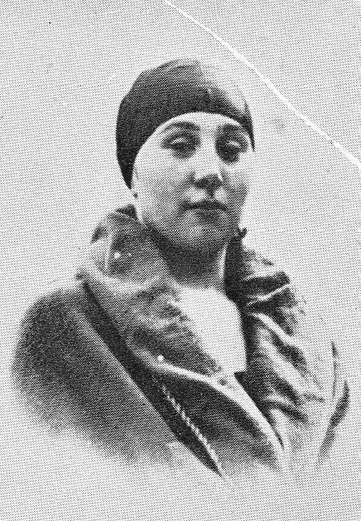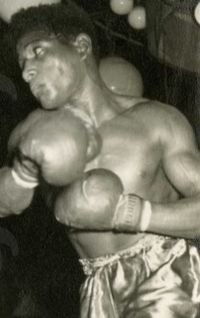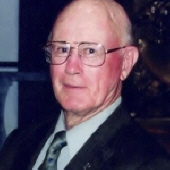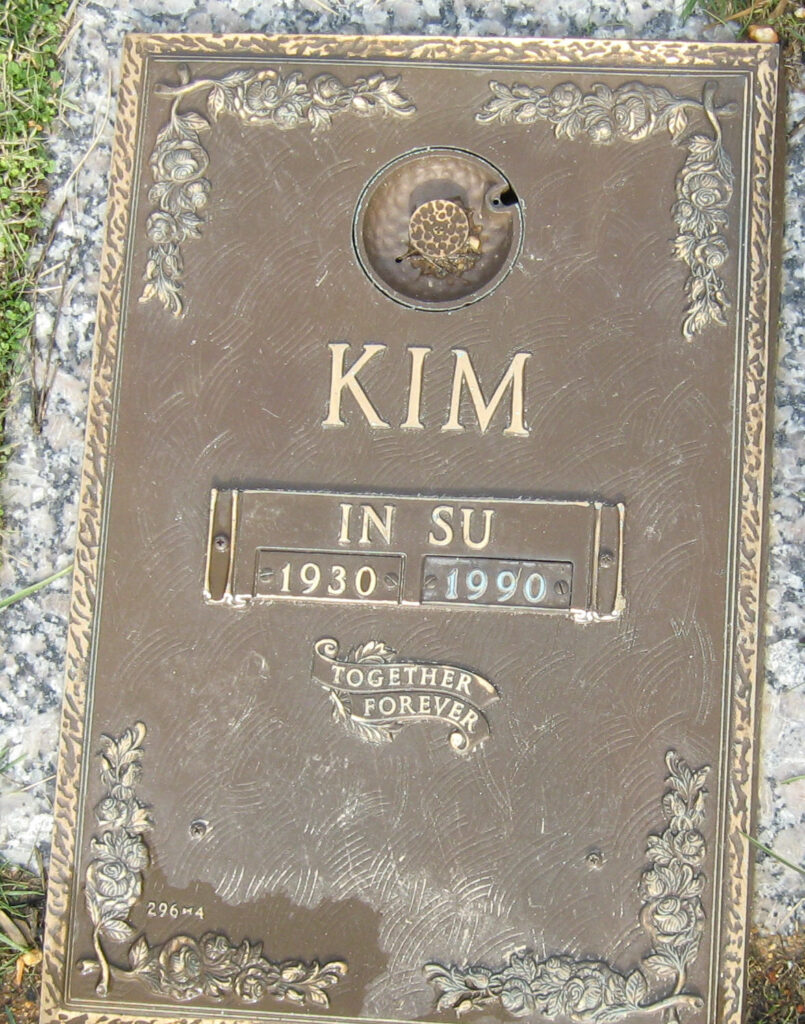Another quick blog entry to provide a brief update today on Oldest Olympians. This time, we are updating our list of last survivors from early editions of the Games. At the time we first presented this feature, we noted that American diver and swimmer Aileen Riggin was believed to be the last known survivor from the 1920 Antwerp Games and wrote the following: “Although she died at the age of ‘only’ 96 years, 170 days on October 19, 2002, we have been unable to locate another candidate for the last survivor of the 1920 Antwerp Games, although it is certainly possible, given how much data on this edition we are missing, that another contender will emerge in the future.”

Thanks to researcher and historian Taavi Kalju, we can now identify someone from those Games who outlived Riggin by nearly three years. Swimmer Ernestine Lebrun, born February 26, 1906, represented France in two editions of the Summer Olympics, competing in four freestyle events between 1920 and 1924, but never making it past the first round. She also helped her teammates come in fifth in the 4×100 metres freestyle relay in 1924. Domestically, she won 12 national titles, as well as the women’s Traversée de Paris à la nage twice.
Lebrun married Eugène Basse in 1930 and lived as Ernestine Basse until her death on May 6, 2005, at the age of 99 years, 69 days, meaning that she long outlived Riggin and was still alive nearly 85 years after he Olympic appearance. We were unable to find any mention of her subsequent career or later activities, which suggests that she did not seek the limelight after her marriage, and perhaps this is why her death went unnoticed, at least by most of the world. Nonetheless, this new discovery gives her the status of last-known survivor of the 1920 Antwerp Games, even though she did not quite make 100 years, and updates our previous post.



